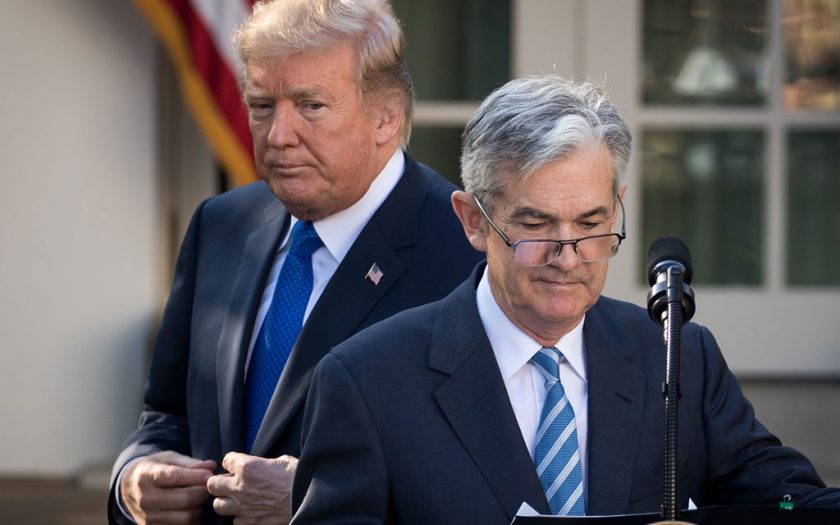
This article is taken from our FREE daily investment email Money Morning.
Every day, MoneyWeek’s executive editor John Stepek and guest contributors explain how current economic and political developments are affecting the markets and your wealth, and give you pointers on how you can profit.
Today, in what is the final Currency Corner of the year, I wanted to look at the price action of the most important currency of the lot – the US dollar.
I’ve got a feeling that the US dollar could be a big story in 2020. I’ve got no evidence for that – it’s just a hunch. It’s been too quiet for too long. And the price of the US dollar to an extent determines the price of everything else.
If the dollar is weak, US assets, especially equities, will look that much more attractive to overseas investors, and there will be scope for these markets – which for the most part are already trading at all-time highs – to go even higher.
If the US dollar is strong, that does not necessarily mean that US equities will fall, but it does mean that any upside will be more limited.
Rising US equities, and the feelgood factor generated, is likely to lift other indices worldwide.
Similarly, a cheaper US dollar will help commodities as well, especially precious metals. I still maintain that the great commodities bull market of the 2000s was as much a “falling US dollar” story as it was a “China growth and lack of supply” story.
In short, it’s important.
Politically, there is a tug of war going on. On one side, there’s US President Donald Trump, who very much wants a weaker dollar. And why wouldn’t he? Few politicians care about maintaining the purchasing power of their currency. They want to levy the inflation tax while pointing to higher asset prices as evidence of their success.
On the other side is the head of the Federal Reserve Bank, Jerome Powell, who on the face of it at least, is less inclined to pursue the expansionary monetary policies that his president so hankers for.
The US dollar index measures the dollar against a basket of currencies – the US’s main trading partners, basically. The story of the 21st century has basically been, highs at 120 in 2001, followed by lows at 71 in 2008 (shortly before the crash). Those lows were retested in 2011, after which there followed a bull market which peaked at 103, with the election of Trump.
Trump’s first year saw a pullback, but his second saw something of a rally. Trump’s third year, 2019, saw the index begin the year at 96, and here we are 12 months later, with the index still at 96. It’s been up a bit and down a bit, but has essentially gone nowhere.
Of note, however, is that the index has been falling since the autumn, when it made a double top at 99. In the short to intermediate term, at least, we are in something of a downtrend.
But today’s price of 96 is pretty much slap bang in the middle of that long-term range – 120 on the upside and 71 on the downside. Similarly, so many currencies – be they Asian or European – seem to be trading against the dollar somewhere in the middle of their long-term ranges.
Sterling is one of the exceptions to this – $1.50-$1.60 would be more of a middle-of-the-range price.
In other words, wherever you look, whether it’s at the price, the price action, the politics or even the economics, there is ambivalence.
I would expect that ambivalence to continue into the first few months of 2020 at least.
But I wonder if after that the US dollar has some surprises in store.
Merry Christmas everyone. Here’s to pot loads of money in 2020.
• Dominic’s new book Daylight Robbery: How Tax Shaped Our Past And Will Change Our Future, published by Penguin Business, is available at Amazon and all good bookshops. Audiobook at Audible.co.uk. Signed copies are available at dominicfrisby.com